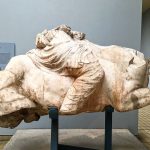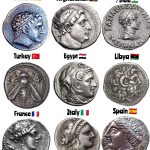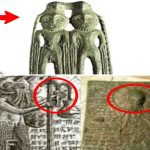Amazing Forgeries: The Poniatowski Jewels
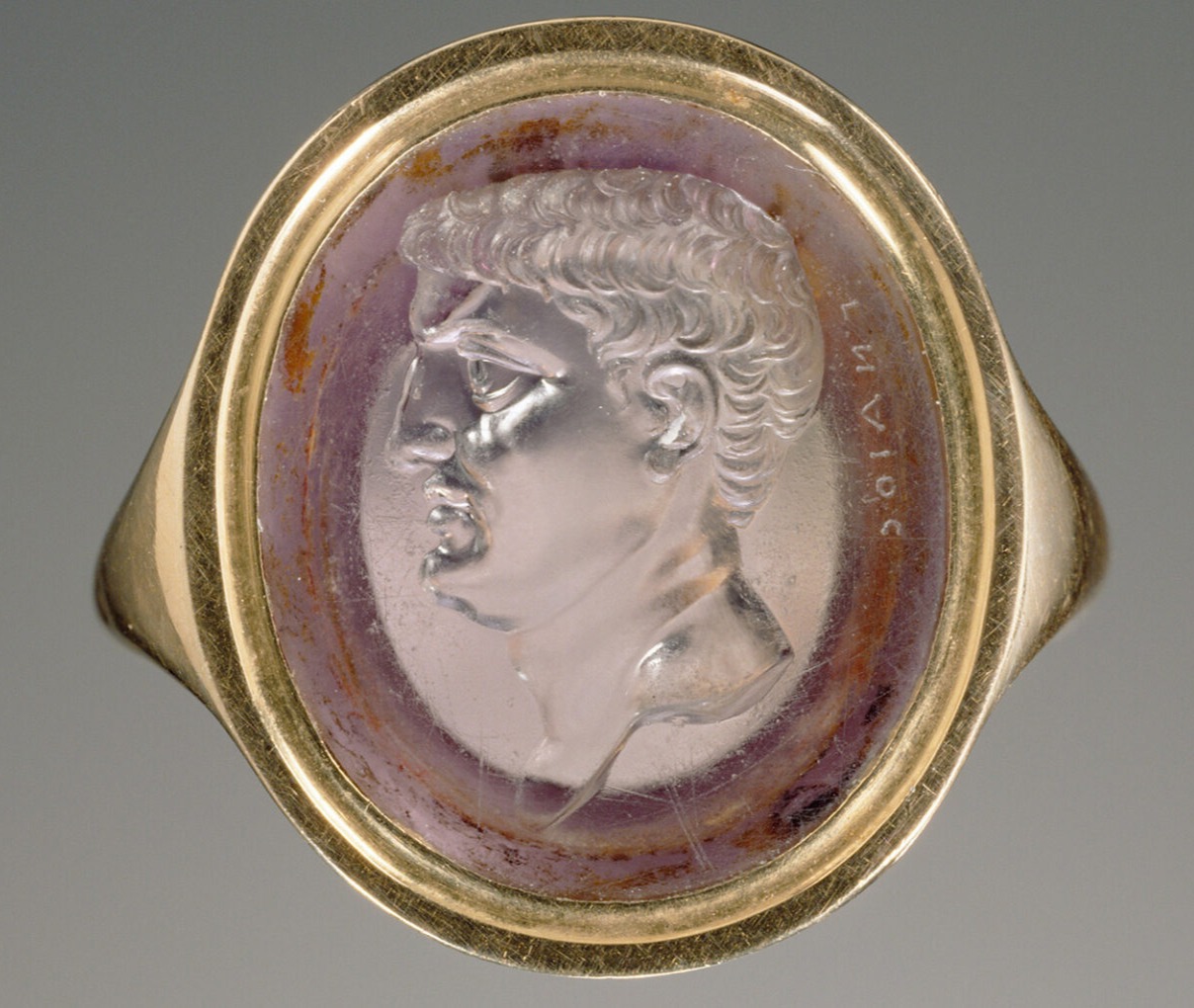
The history of ancient art is full of tales of fakes, frauds and forgeries. One the more interesting involves a wealthy Polish nobleman by the name of Prince Stanislaw Poniatowski (1754–1833). Poniatowski was an avid fan of the arts and a well-known collector, having studied at Cambridge and spent some time in Italy visiting ruins and collectors before settling down in Rome in 1791. Gemstones had long been a favoured item by collectors as they combine the high level of skill found in sculpture with semi-precious stones, serving as “miniature masterpieces” of art. Many ancient gemstones, such as the famous Gemma Augustea, have been in circulation among the European elite since antiquity. Poniatowski had inherited a gem collection from his uncle, King Stanislas Augustus of Poland. That collection included gems of ancient and Renaissance manufacture, as well as gems made by famous contemporary engravers. Evidently Poniatowski, who was one of the richest men in Europe at that time, became quite competitive about his collecting, building up a huge collection of gemstones (~ 2600).

Poniatowski was weirdly secretive about this collection—many specialists tried to get access, but were rebuffed. He eventually published a catalog of his collection in 1831 (Catalogue des pierres graves antiques de S.A. le Prince Stanislas Poniatowski) and also circulated impressions of some of the gemstones. However, specialists at the time became skeptical of the collection’s authenticity. It seemed improbable that a single person could collect so many previously unknown ancient gemstones. Further, a shocking number (over 1700!) had artist’s signatures, when in fact it is extremely rare to find a gemstone engraved with the name of its carver. The practice of adding fake signatures was a well known tactic amongst antiquities dealers for enhancing an object’s value. Further, names of engravers of vastly different art historical periods, such as Pyrgoteles (later 4th century BCE) and Dioskourides (late 1st century BCE) were attached to gemstones of suspiciously similar style, shape, and size.
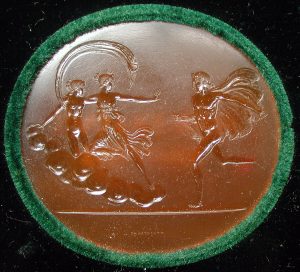
Several years after his death, in 1839, Poniatowski’s entire collection went up for sale at Christie’s. None of the major collectors or museums were especially interested given the rumours of forgeries. Nonetheless, many collectors eventually purchased gems from the collection, with the largest number – around 1140 – acquired by Colonel John Tyrrell, who was convinced of their antiquity. However, when he enlisted the expertise of the antiquarian Nathaniel Ogle to write an introduction for the publication of his collection, Ogle had to break the hard news to Tyrrell that they had been made in the late 18th and early 19th centuries. Tyrrell was furious, and an argument about their authenticity erupted onto the pages of newspapers and journals at the time, where it was revealed that Poniatowski had commissioned the gems from renowned Italian engravers, and then had other engravers put false signatures on them.

